Vehicles these days have almost everything. One of the undeniably useful advancements is tire pressure monitoring systems. Though it is undeniably useful, most vehicles that have this feature are pretty expensive.
Today Philkotse.com be teaching you all about tire pressure monitoring systems. We’ll also throw in a step-by-step tutorial on how you can install an aftermarket one in your car.
What is a tire pressure monitoring system?
A tire pressure monitoring system is just one of the many vehicle safety technologies out there. These are mainly designed to prevent you from ever experiencing a flat tire.
These devices utilize wireless pressure sensors along with a central receiving unit. The latter is designed to let the driver know if one or more of the tires are losing pressure.
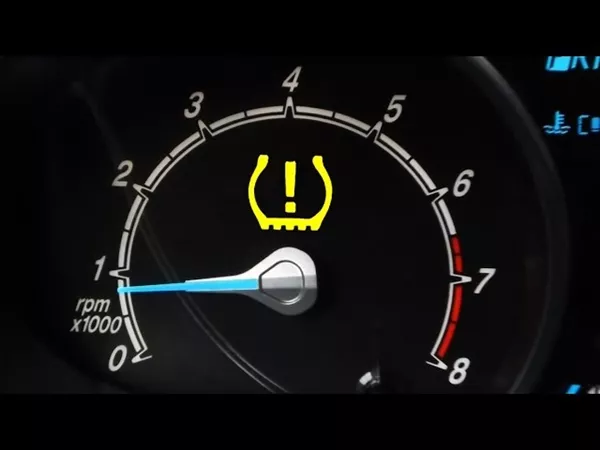
A tire pressure monitoring system is just one of the many vehicle safety technologies out there
There are mainly two types of aftermarket TPMS in the market that you can buy. The first one utilizes sensors and requires that you install them inside the tires. Here, the sensor becomes a part of the tire’s valve stem.
The other type of TPMS utilizes sensors that are already built into the tire’s valve stem caps. Each of these types of TPMS come with their own set of advantages and disadvantages. The main difference is that the cap type can be the only one you can install at home.
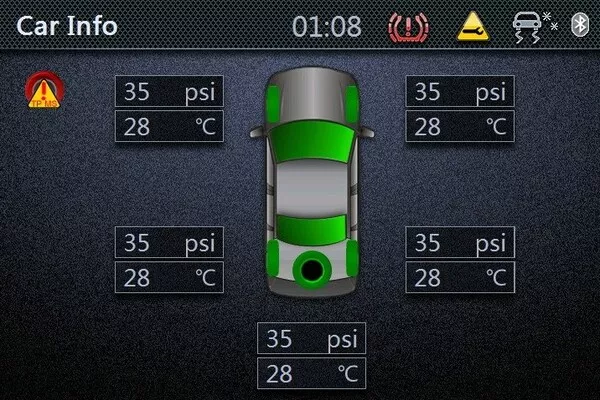
A tire pressure monitoring system is just one of the many vehicle safety technologies out there
Note: If you decide that you want a system with sensors built into the valve stems, there are two options you can choose from. You can have the task done by a mechanic.
Although the cost may vary from one mechanic to another, this is practically an easier option for you. Aside from that, you can also consider taking your tires off at home. Then, just take them to the nearest mechanic’s shop tire store t have your sensor installed.
>>> Worth reading: Car Tire Pressure Facts for a Safe Driving Experience
Installing a TPMS with internal sensors
Of course, you can also install a valve stem pressure monitor in your tires even at home. You will need a bead breaker for this, though. To install this type of TPMS in your car tires, you will need to release air from each of the tires, to begin with.
You will then need to break each tire’s bead. Then comes the removal of the valve stems. After that, just remove the valve sensors and put your new pressure sensors in its place.
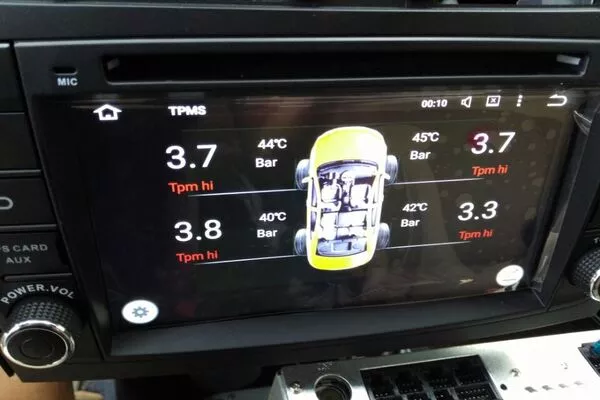
You can also install a valve stem pressure monitor in your tires even at home
Steps installing cap-bases TPMS
Cap-based TPMS can usually be installed without using any special tool. So, if you want the job done at home, this is a better option for you. To successfully install cap-based TPMS in your car tires, you will need the following:
- Adequate sensors – A lot of vehicles out there will typically require only four sensors. But if your vehicle has dual-rear wheels, you will need two extra sensors. Keep in mind that the sensors should be intended for your tire’s air pressure level.
- Receiver designed to be used with sensors – A lot of the cap-based TPMS kits that you’ll find comes with both receiver units and sensors. Although these are meant to be compatible, it’s always best to make sure.
>>> Check out: Tips every Pinoy car owner should know to choose the right used car tires.

Cap-based TPMS can usually be installed without using any special tool
- Storage for valve stem caps – If you ever decide to go back and take your sensors off or install them into a different vehicle, you will need your old stem caps. Keep them stored somewhere safe so you can always find them in case.
- Anti-seize compound – This compound will prevent the metal sensors from sticking into the valve stems. This, however, is entirely optional and is not necessary for the installation.
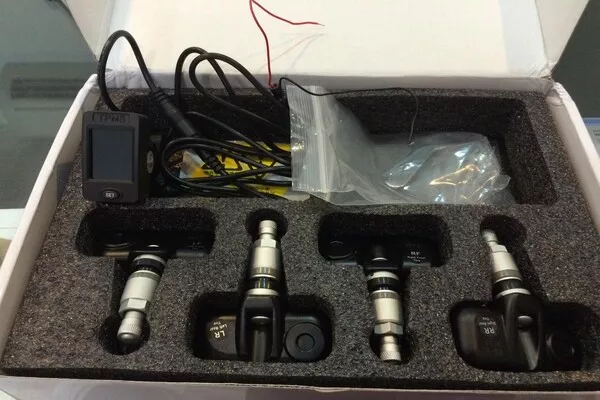
A lot of vehicles out there will typically require only four sensors
After getting everything you’ll need, you can now proceed to the actual installation procedure. Here are the steps:
Step 1. Get your vehicle ready for the sensors
First, remove the valve stem caps and keep them somewhere safe. If you’ve checked your tire pressure already, hop on to step 2. But if not, do that before anything else. If the tire pressure is low, adjust it, so it reaches the correct level. This will be necessary for the process.
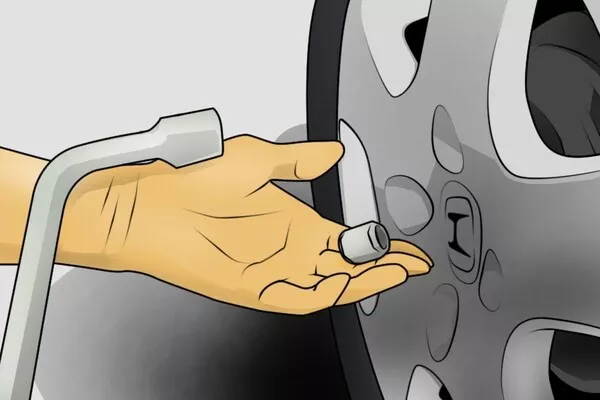
First, remove the valve stem caps and keep them somewhere safe
>>> Grab your attention: Different types of tire pressure gauges and which is the best to choose?
Step 2. Calibrate the TPMS that you have
There are TPMS units on the market that are very easy to calibrate. There are also other manufacturers who produce TPMS units that don’t require calibration. If you happen to buy a TPMS unit like the latter, make sure that it’s compatible with your tire’s air pressure.
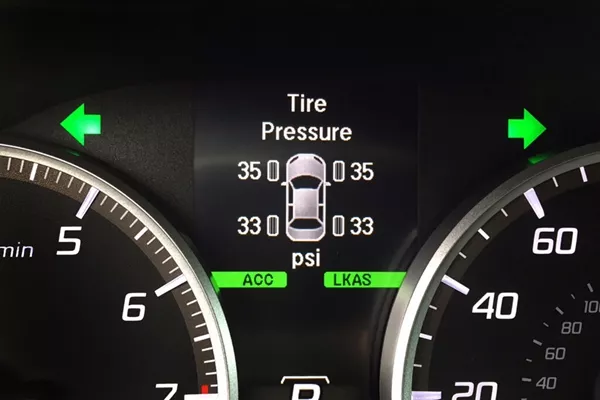
There are TPMS units on the market that are very easy to calibrate
For example, let’s say your tires require inflation up to 35 PSI, and your sensor is calibrated to 50. The calibration is higher than the actually required air pressure.
Because of this, the system will tell you that your tires are underinflated. If the system does let you calibrate it, make sure you set it to the right amount of air pressure that your tires need.
>>> FYI: Top 3 Tips on Getting the Best Deals on Car Accessories in Banawe Street.
Step 3. Install your tire pressure sensors
This part may be intimidating to others. But this is actually pretty easy. In fact, you can pretty much install a cap-based TPMS even if you’ve never worked on a car before.
These cases will usually just require you to screw the sensors into place after removing the stem caps. Remember, however, that you should avoid cross-threading them while screwing into place. These sensors will need to be tightly sealed in order to work properly.
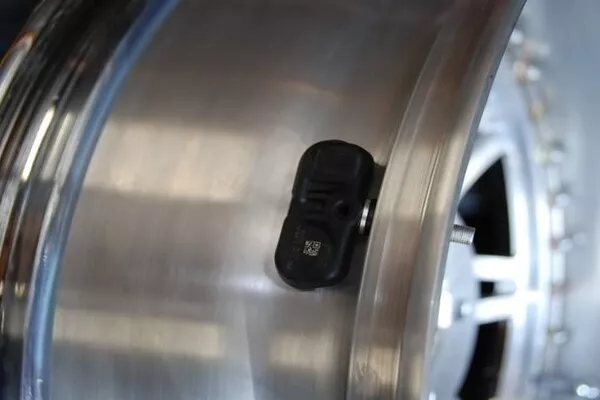
You can pretty much install a cap-based TPMS even if you’ve never worked on a car before
>>> In case you need: [Tire safety tips] How to prolong the lifespan of the tire?
Step 4. Turn the system on
This step is about as easy as it gets. After properly installing the pressure sensors, it’s now time to verify that your device is receiving signals from the tires.
If it’s not receiving any signals, you may need to troubleshoot to detect the reason. One common cause as to why sensors fail is low battery levels in your car’s sensor caps.
Recent posts
- Using nitrogen in tires pros and cons: Is it worth the hassle? Apr 27, 2020
- Different spare tire problems that you need to watch out for! Nov 30, 2022
- Nitrogen-filled tires: Assess its pros and cons Aug 16, 2022
- 4 questions to ask when choosing the best tire for your car Nov 17, 2022
- Which of Nitrogen Air or Regular Air Tire should you use for you car? Apr 21, 2020











